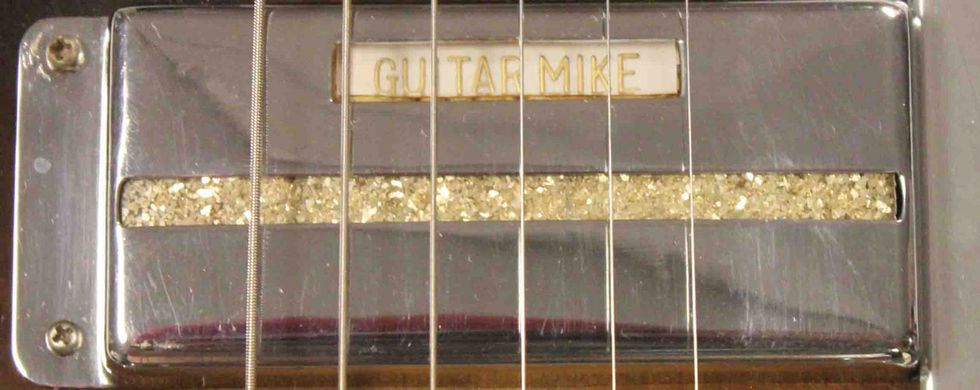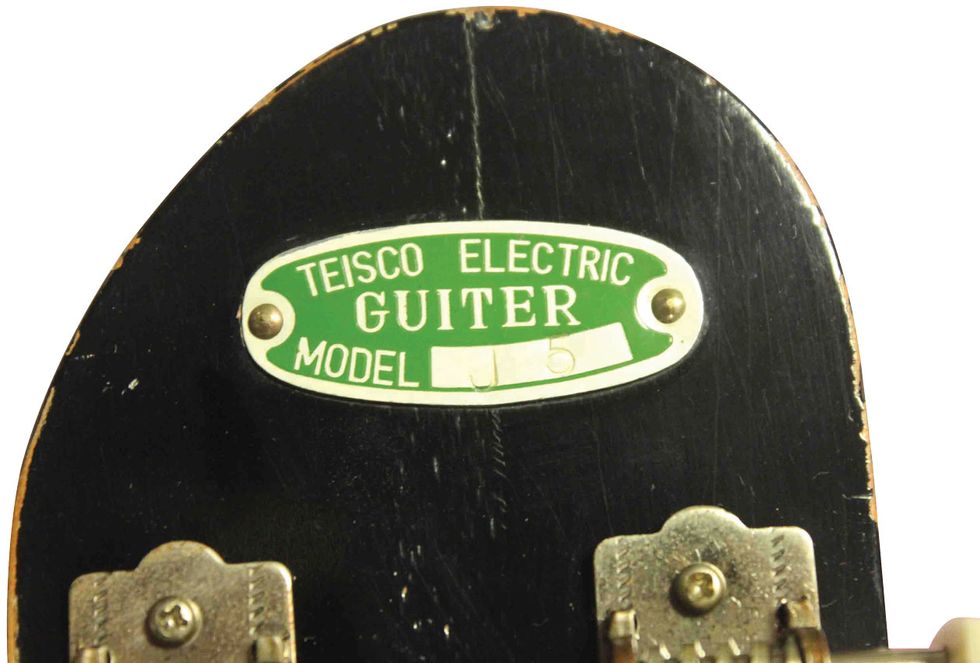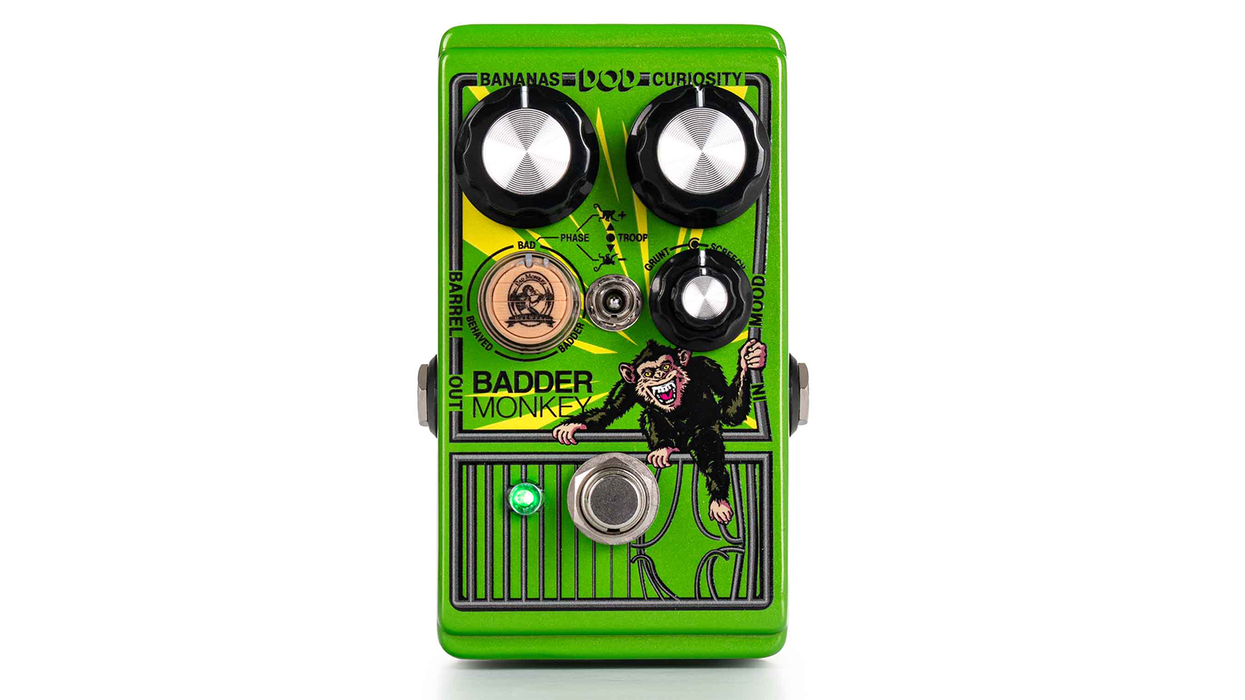The early days of solidbody electric guitars are truly fascinating. It was a time when guitar makers were kind of figuring it all out, and, in turn, there were some wonderful ideas, tragic designs, and true oddballs that combined all the elements of what people thought an electric guitar should look like. This month, I’d like to talk about one of the earliest solidbody guitars to come out of Japan, which was produced by one of the first Japanese electric guitar companies: Teisco!
First off, you have to soak in a bit of Japanese history. During World War II, the country had really clamped down on Western influences, and all Western music was banned during wartime. Before the war, however, there was a thriving music scene that embraced Western music. And after the war, country and Hawaiian music roared back into vogue. Adding to this sudden musical growth were American soldiers stationed throughout Japan after the war. There became a need for electric instruments, and Teisco was among the first to fill the orders.
In the early ’40s, solidbody electrics were pretty much in their infancy. You had the Rickenbacker “Frying Pan” (an early lap-steel guitar), Les Paul’s “Log,” and Leo Fender’s Broadcaster/Esquire design. These were all early takes on what should make an electric guitar, well, an electric guitar! Looking at the scene in Japan, there was a huge Hawaiian-guitar influence and lap steels were very popular among players. Teisco first began producing electric lap-steels in the late ’40s, but it wasn’t until a few years later that the J5 (Photo 1) was created.
Similar to many other solidbodies, the J5 is reminiscent of a lap steel that could be played upright, or more like what we think of today as a traditional, electric solidbody guitar. (The rounded peghead, set neck, and flat body certainly borrowed from lap steels of the day.) Around this same time, guitars with similar designs were popping up in the U.S., like the Valco-made National 1124, the Harmony H44, and the Kay K125. In Japan, however, the folks at Teisco were making literally every part of the guitars by scratch. They made their own pickups, cut their own bodies, stamped their own logos, and even made their own guitar strings from piano wire. When I visited Japan decades later, I was fortunate enough to meet and interview a couple of the original Teisco employees, Doryu Matsuda and Yukichi Iwase, and these fellas are still alive as of this writing.
Photo 2
The J5 has a few interesting and quaint design features that I find adorable in my weird sort of way. For one, the pickups are both labeled “Guitar Mike” (Photo 2), rather than “mic,” as most guitar pickups of the day were called. And check out the tag on the back of the headstock (Photo 3), where it says “Teisco Electric Guiter.” These little errors point to the early days of guitar building, and acquiring the language of the country that would soon become the biggest importer of electric guitars—the United States.
Photo 3
There was also a one-pickup version of this model called the J4 that was offered in some interesting colors, including a totally rad TV yellow. Overall, the Teisco J guitars were only made in small numbers from the late ’50s to the early ’60s—most likely 1958 to 1961. The two-pickup models didn’t have any pickup switching (you had to use the volume knobs) and the necks have a really full V-shape, which is great. Since these guitars were among the first solidbody electrics available in Japan, it makes sense that the J guitars were some of the first Japanese electric guitars to be brought back to the U.S. by returning service members.
See, hear, and slide into this wasabi-hot Teisco J5 demoed by Mike Dugan.







![Rig Rundown: Russian Circles’ Mike Sullivan [2025]](https://www.premierguitar.com/media-library/youtube.jpg?id=62303631&width=1245&height=700&quality=70&coordinates=0%2C0%2C0%2C0)













